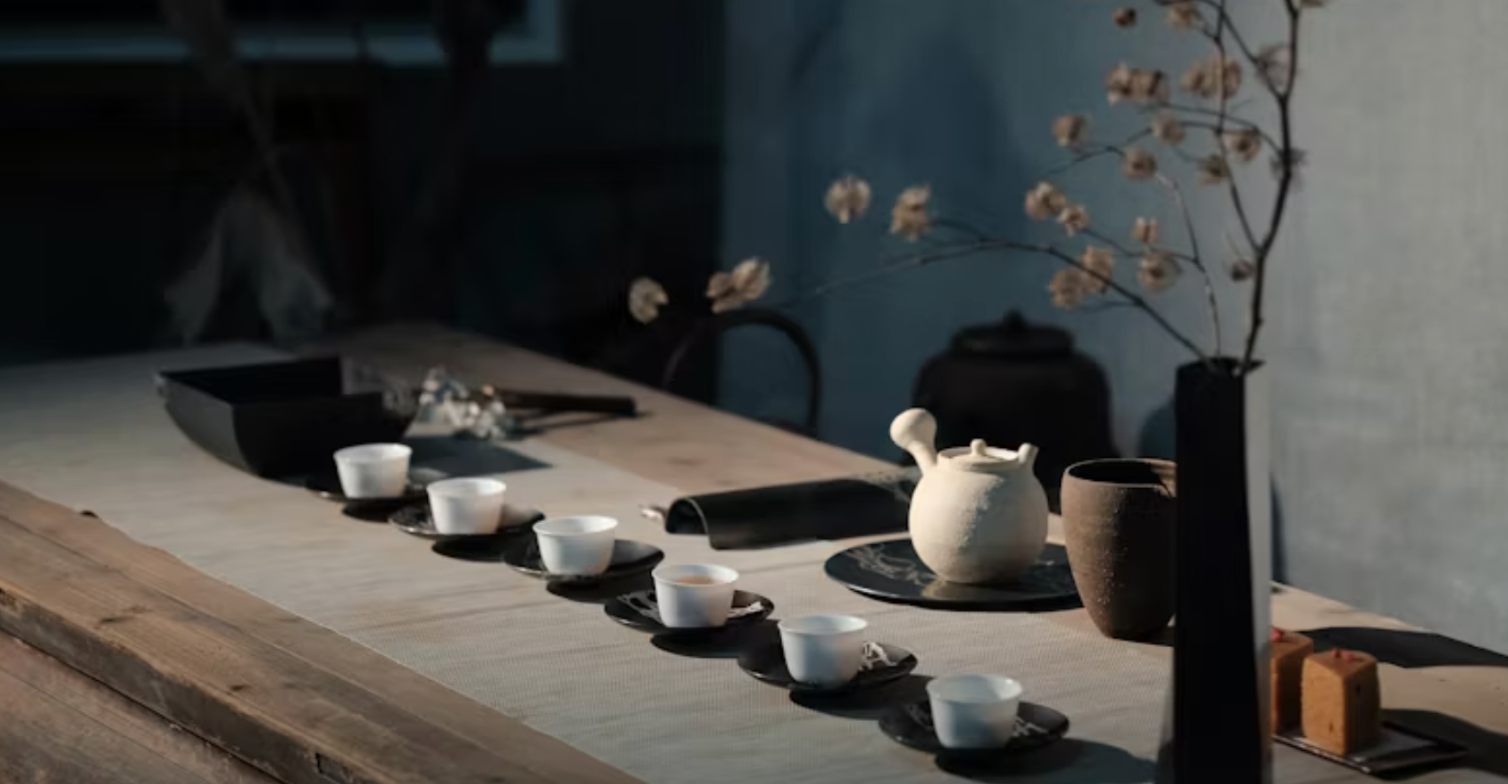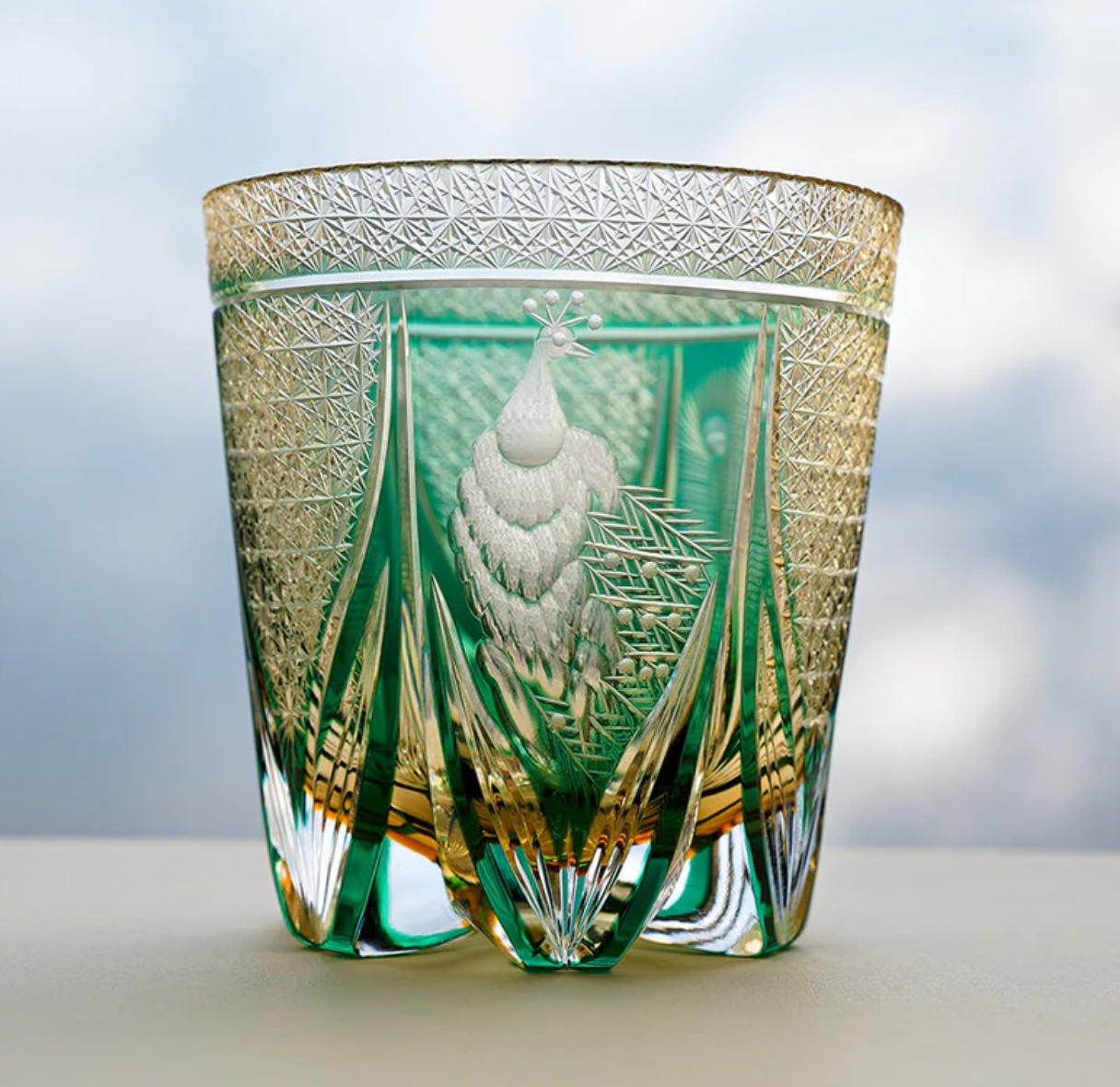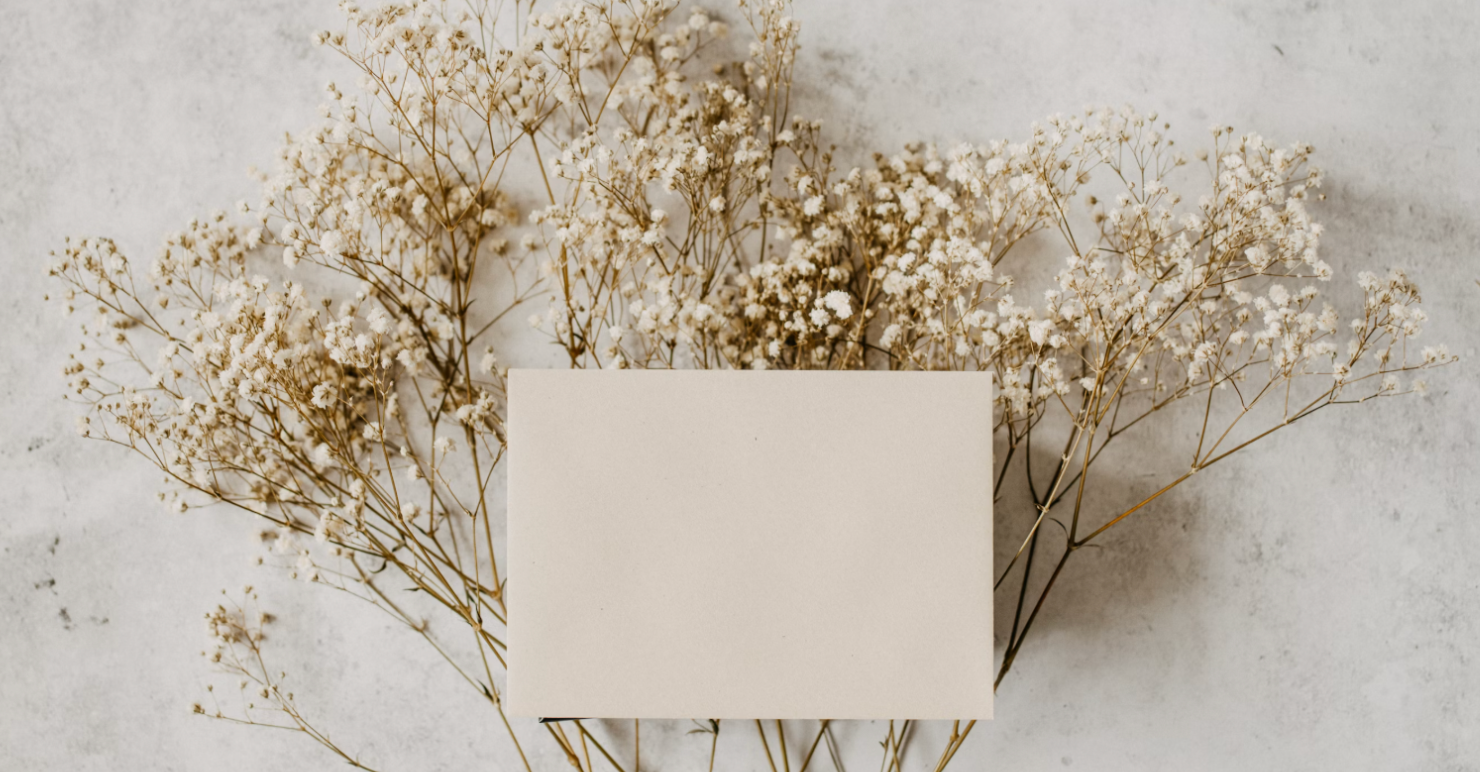
The Art of Hosting: Crafting a Sophisticated Japanese & Chinese Tea Ceremony at Home
The act of sharing tea in Japan and China transcends a simple beverage; it is a profound ritual, an invitation to mindfulness, and an expression of deep hospitality. For the discerning host, crafting a sophisticated Japanese or Chinese tea ceremony at home is an exquisite way to connect with guests, offer a moment of serene contemplation, and showcase a refined appreciation for cultural heritage. It's about creating an atmosphere where every detail, from the aroma of the brewing leaves to the tactile elegance of the tea ware, contributes to an unforgettable experience. At Oriental Artisan, we provide the authentic, high-quality tea sets and accessories to bring this beautiful tradition into your modern home.
Why Host a Traditional Tea Ceremony?
In an increasingly fast-paced world, hosting a tea ceremony offers unique advantages:
- Mindful Connection: It encourages a deliberate pause, fostering deeper conversations and a sense of calm amidst daily distractions.
- Cultural Immersion: It introduces guests to a rich tradition, offering a glimpse into the philosophical and aesthetic values of East Asian cultures.
- Elevated Hospitality: It showcases a meticulous attention to detail and a profound gesture of welcome, reflecting Omotenashi (Japanese selfless hospitality) or the refined grace of Chinese tea culture.
- Sensory Delight: From the visual beauty of the tea ware to the nuanced flavors and aromas of premium tea, it engages all the senses.
Essential Elements for Your Home Tea Ceremony
While both Japanese and Chinese tea ceremonies are rich and diverse, a simplified, yet authentic, approach for the home focuses on key components:
1. The Tea Itself: The Soul of the Ceremony
- Japanese Tea: Often green teas like Matcha (powdered ceremonial green tea, requiring specific preparation), Sencha (steamed green tea), or Gyokuro (shade-grown premium green tea).
- Chinese Tea: A vast spectrum, including Green Tea (Longjing), Oolong Tea (complex aromas), Black Tea (Dian Hong), Pu-erh Tea (aged, earthy), and White Tea (delicate).
- Quality is Key: Opt for premium loose-leaf tea. The difference in aroma, flavor, and multiple infusions is palpable and essential for a truly luxurious experience.
2. The Tea Ware: Vessels of Artistry
The selection of tea ware is central to the aesthetic and practical aspects of the ceremony.
-
For Japanese Tea (e.g., Sencha Ceremony):
- Kyusu (急須): A traditional Japanese teapot, typically with a side handle, ideal for brewing green tea. Look for exquisite Banko ware or Tokoname ware Kyusu for their natural clay properties that enhance flavor.
- Yunomi (湯呑): Everyday Japanese tea cups, often taller than they are wide, designed for comfortable holding.
- Chawan (茶碗): For Matcha, a specific Matcha bowl (chawan) is essential – wide, shallow, and often with an irregular form, embodying Wabi-Sabi.
- Yuzamashi (湯冷まし): A cooling vessel to bring hot water to the ideal brewing temperature for delicate green teas.
- Chasaku (茶杓 - Matcha Scoop) & Chasen (茶筅 - Bamboo Whisk): Essential tools for Matcha preparation.
-
For Chinese Tea (Gongfu Cha 功夫茶 - Tea Tasting Ceremony):
- Yixing Teapot (宜興茶壺): Revered Chinese teapots made from unglazed clay, famous for enhancing tea flavor over time. Each pot often becomes dedicated to a specific type of tea.
- Gaiwan (蓋碗): A lidded bowl, versatile for brewing various teas, especially aromatic oolongs. Allows for quick infusions and appreciating the aroma.
- Tea Cups (Chabei 茶杯): Small, individual cups, often thin-walled for appreciating color and clarity. Some sets include "aroma cups" (wenxiangbei) and "tasting cups" (pinmingbei).
- Tea Tray (Chapan 茶盤): A draining tray to manage spills during multiple infusions, often made of bamboo or wood, becoming a central feature of the tea ceremony setup.
- Tea Tools: Spoons for scooping leaves, tongs for handling hot cups, and a brush for cleaning the tray.
3. Water & Temperature: The Unsung Heroes
- Filtered Water: Use high-quality filtered water for the purest taste.
- Precise Temperature: Different teas require different water temperatures. A temperature-controlled kettle is ideal for bringing out the best in premium tea. For example, delicate green teas prefer cooler water (around 70-80°C), while black teas can handle boiling water (95-100°C).
Crafting the Ceremony: Tips for the Discerning Host
- Set the Atmosphere: Choose a quiet space. Consider soft lighting, gentle music, or natural elements like a small plant or a simple flower arrangement. The goal is serenity.
- Preparation is Key: Have all your tea ware clean and arranged neatly on your tea tray or serving surface before guests arrive. Pre-warm your teapots and cups.
- The Pouring Ritual: Take your time. Pour water gently. Observe the leaves unfurling. Share the aroma. This mindfulness is contagious.
- Engage Your Guests: Offer insights into the tea's origin, the tea ware's craftsmanship, or a simple point of etiquette. This enhances appreciation.
- Multiple Infusions: Many loose-leaf teas (especially Oolongs and Pu-erhs) can be steeped multiple times, with each infusion revealing new nuances.
Hosting a Japanese or Chinese tea ceremony at home is an act of sophisticated hospitality, a celebration of mindful living, and a testament to timeless artistry. It’s an invitation to slow down, connect, and savor the quiet moments of beauty that often pass us by.
At Oriental Artisan, we meticulously source authentic and luxurious Japanese tea sets and Chinese tea sets, including Kyusu, Yixing teapots, Gaiwan, and a stunning array of tea cups. Each piece is a testament to master craftsmanship, ready to become the centerpiece of your own cherished tea ritual.
Elevate your hosting. Explore Oriental Artisan's exquisite collection of authentic Japanese and Chinese tea ware and transform your home into a sanctuary of refined tea enjoyment.




Leave a comment
This site is protected by hCaptcha and the hCaptcha Privacy Policy and Terms of Service apply.